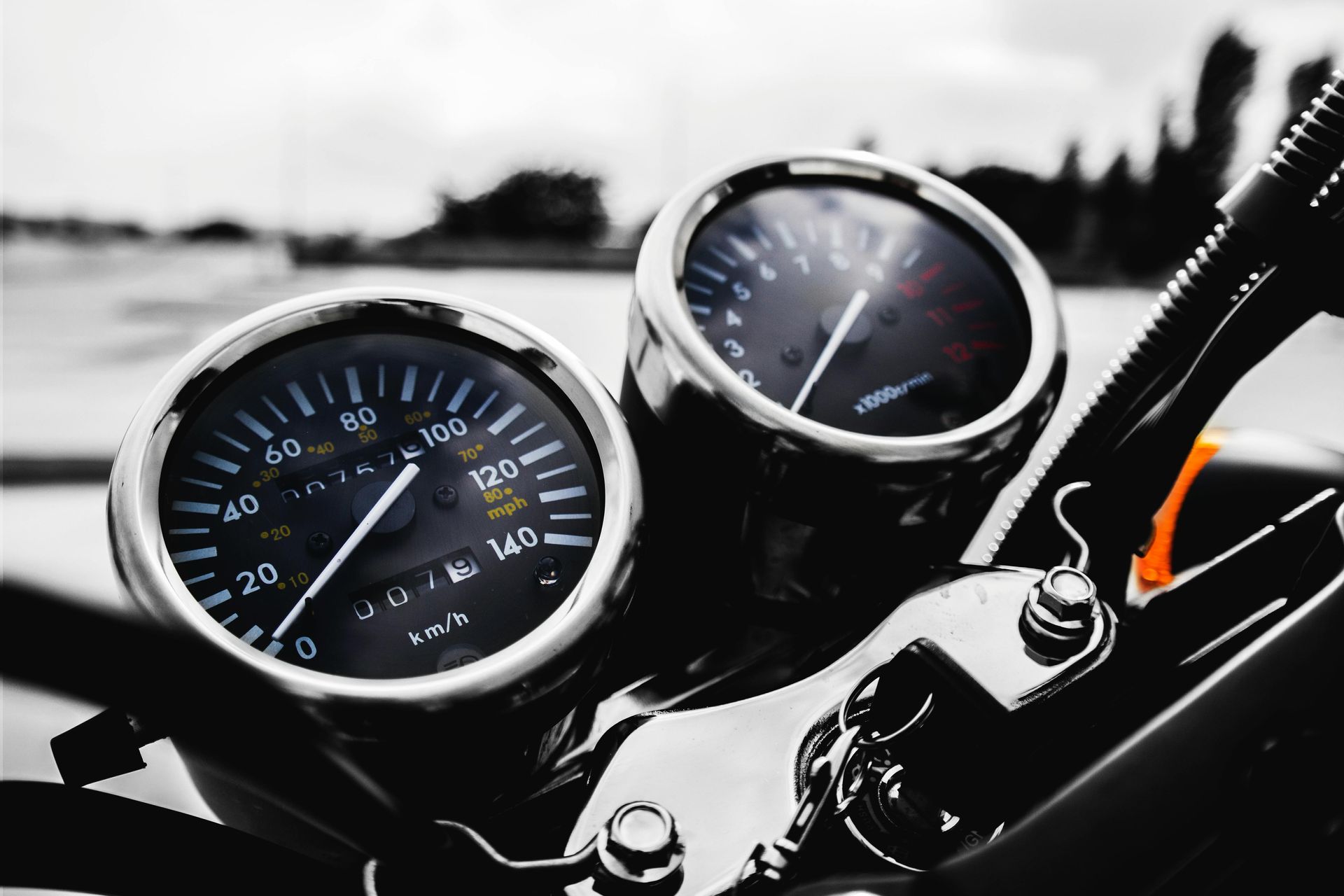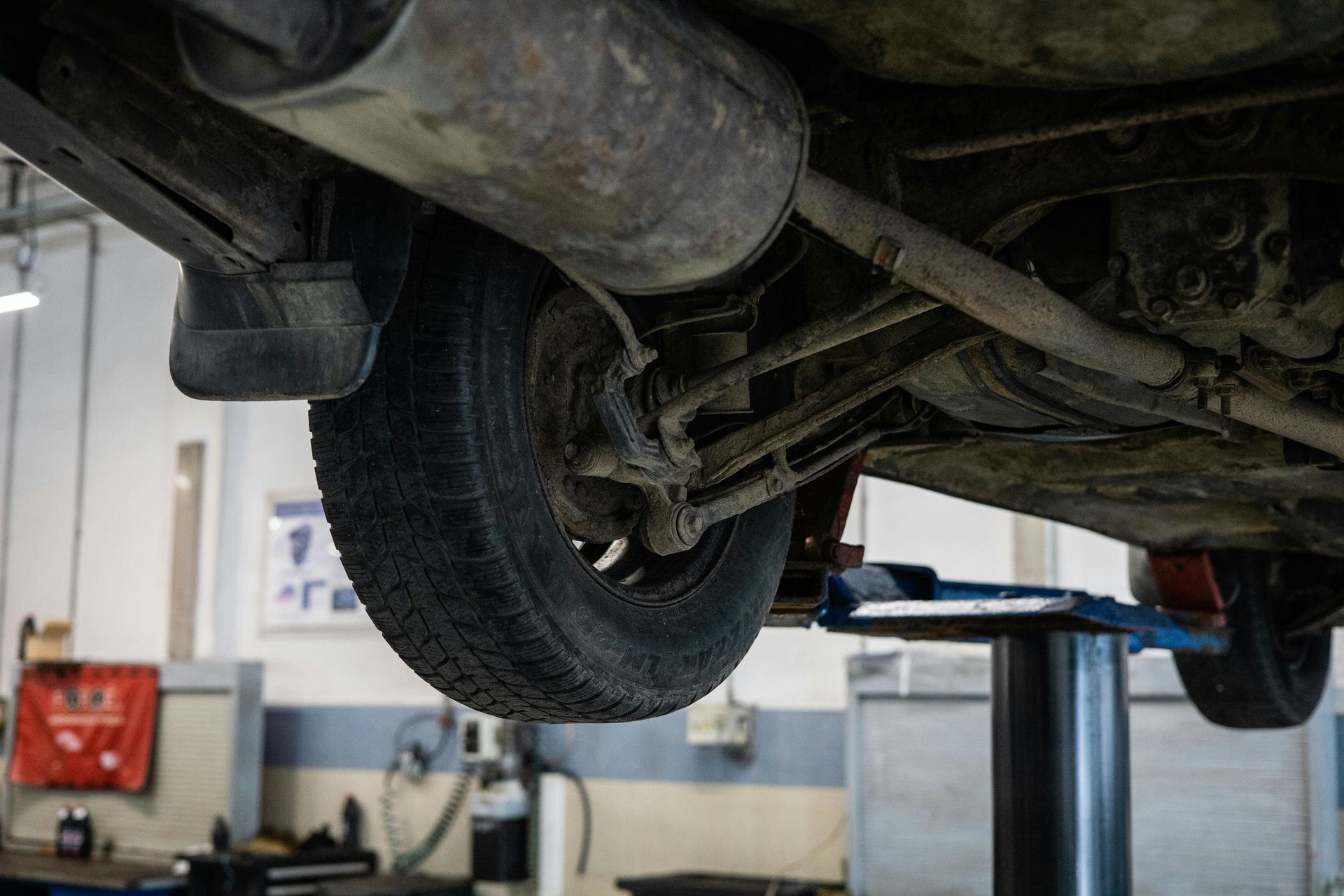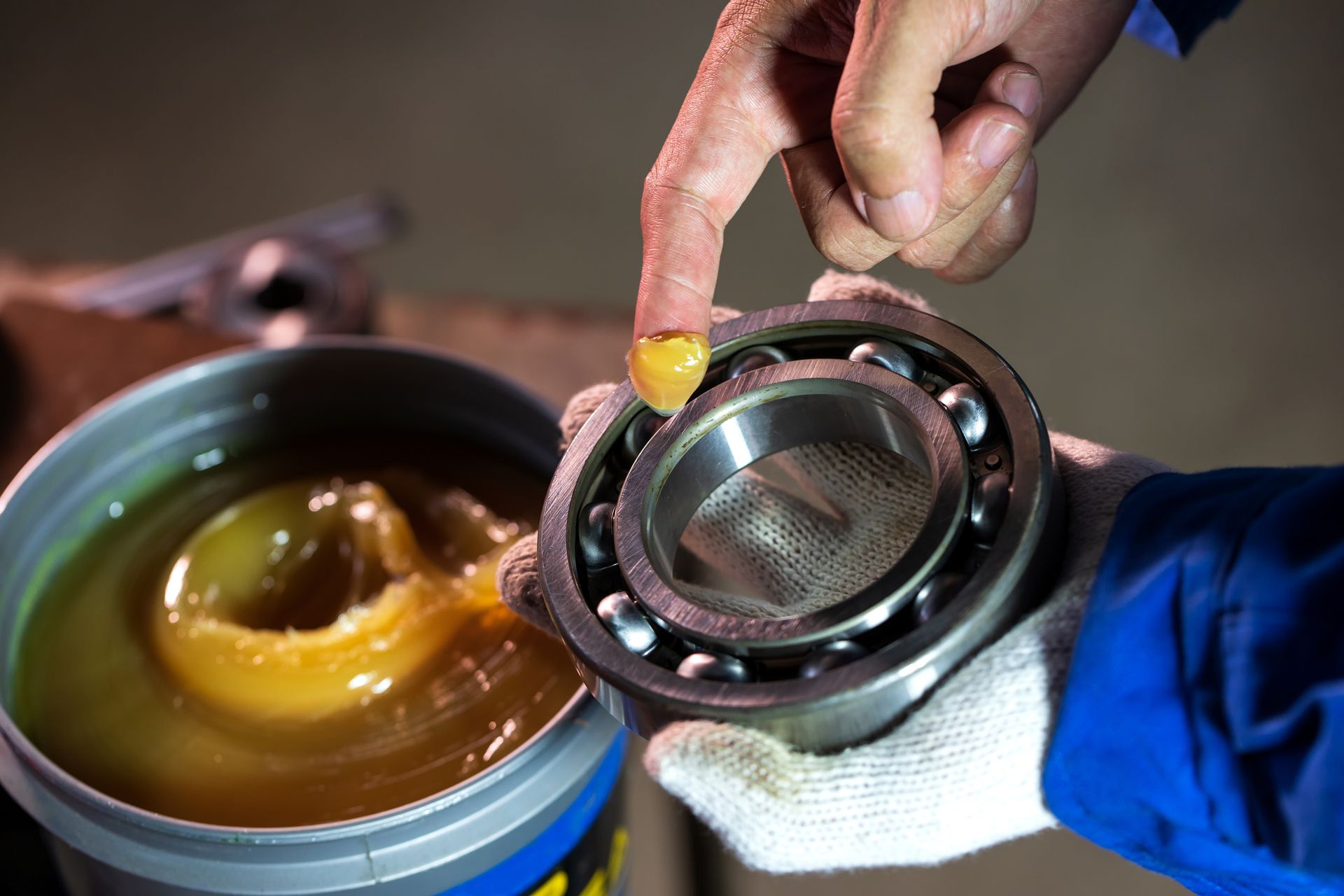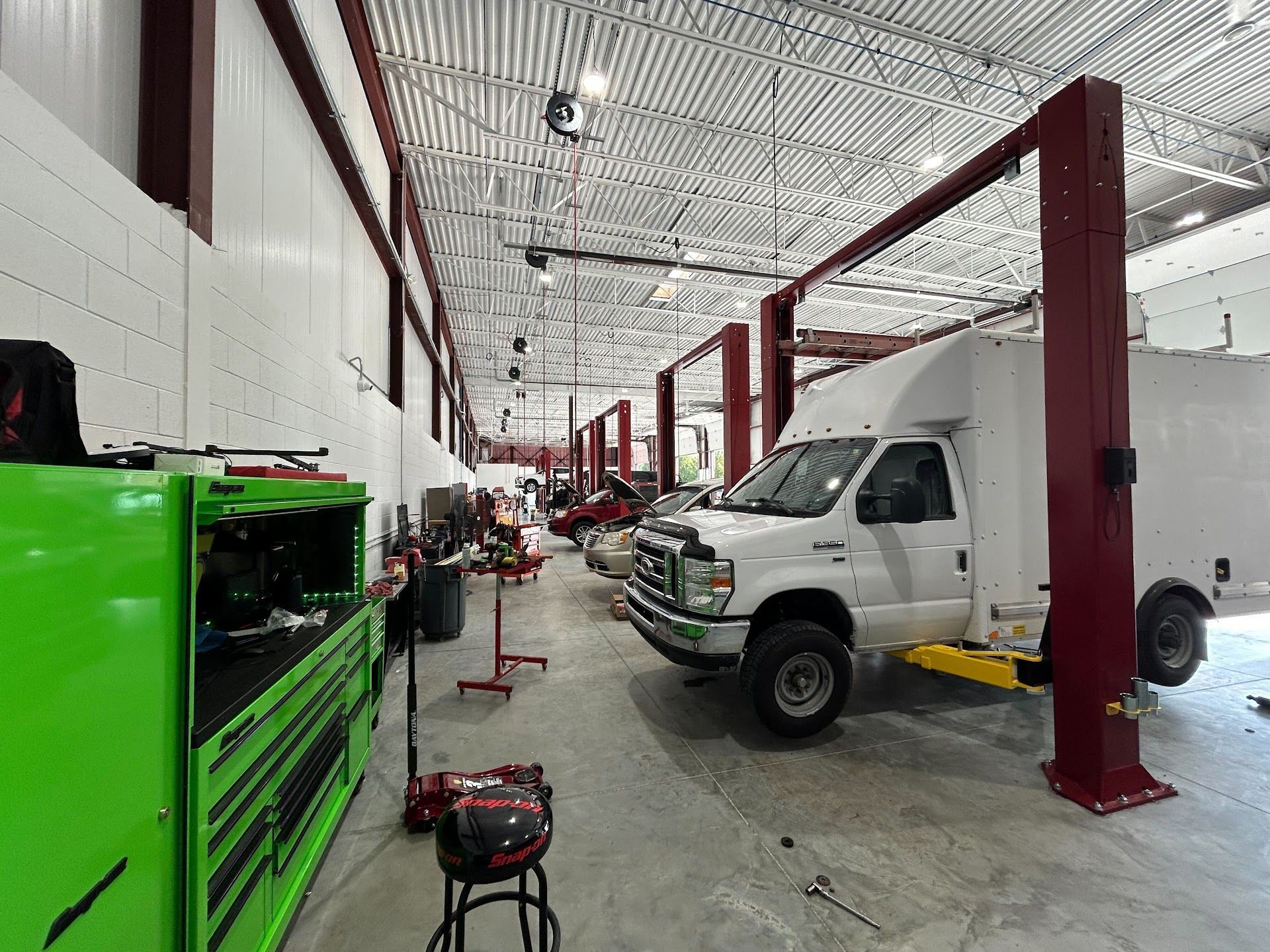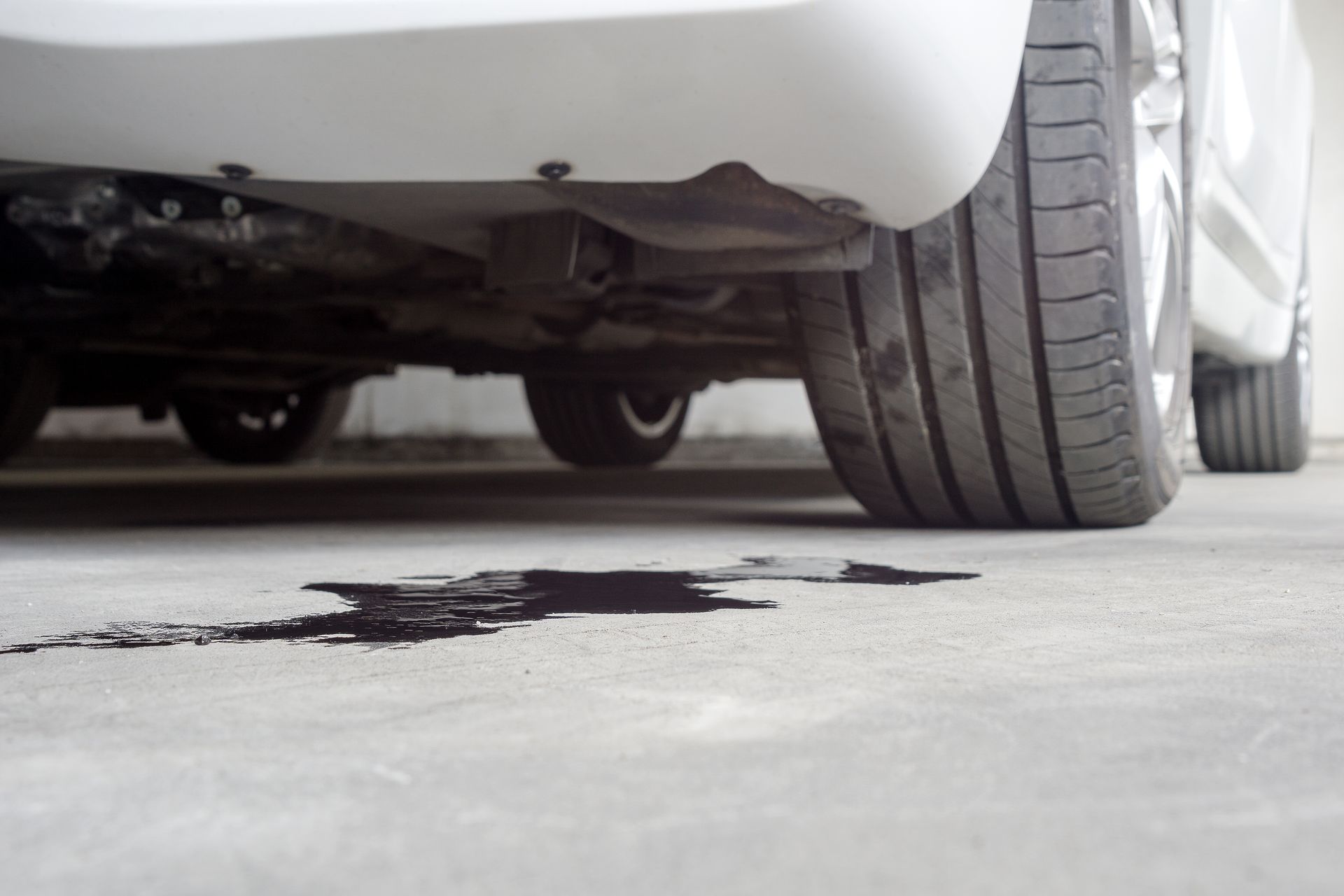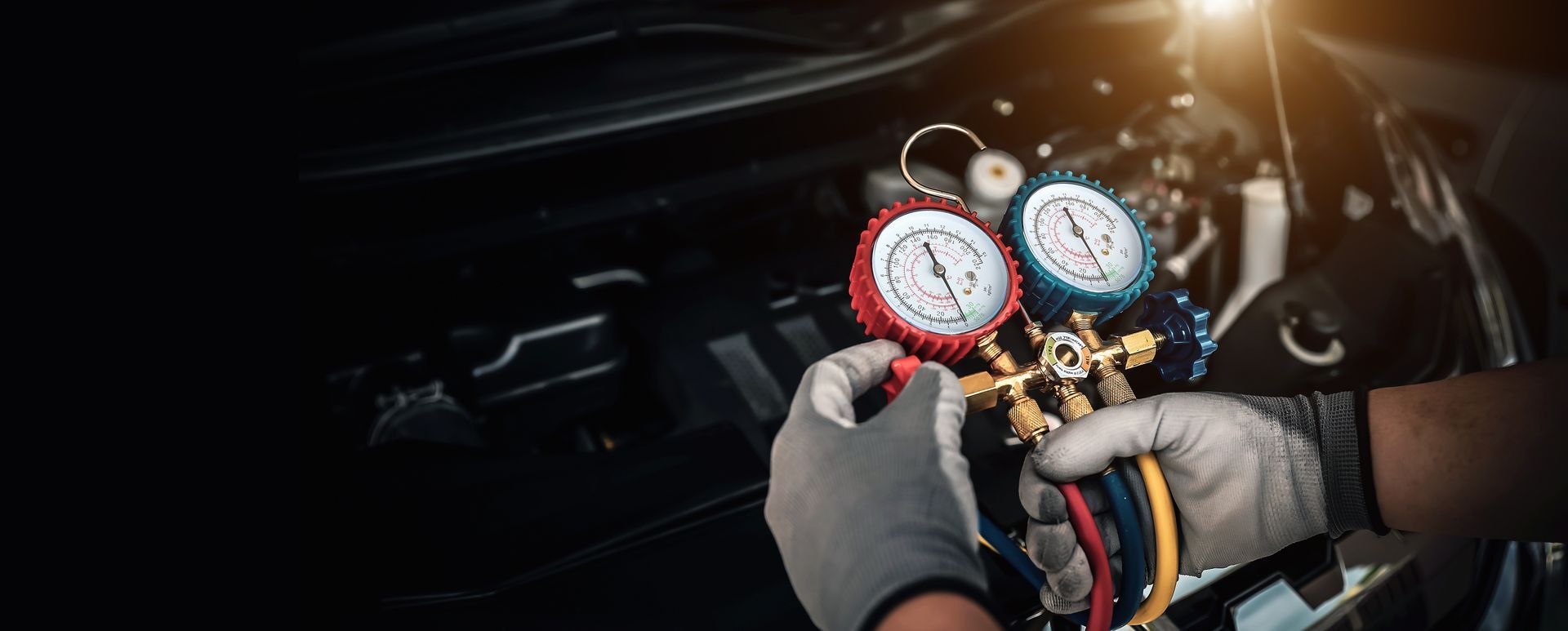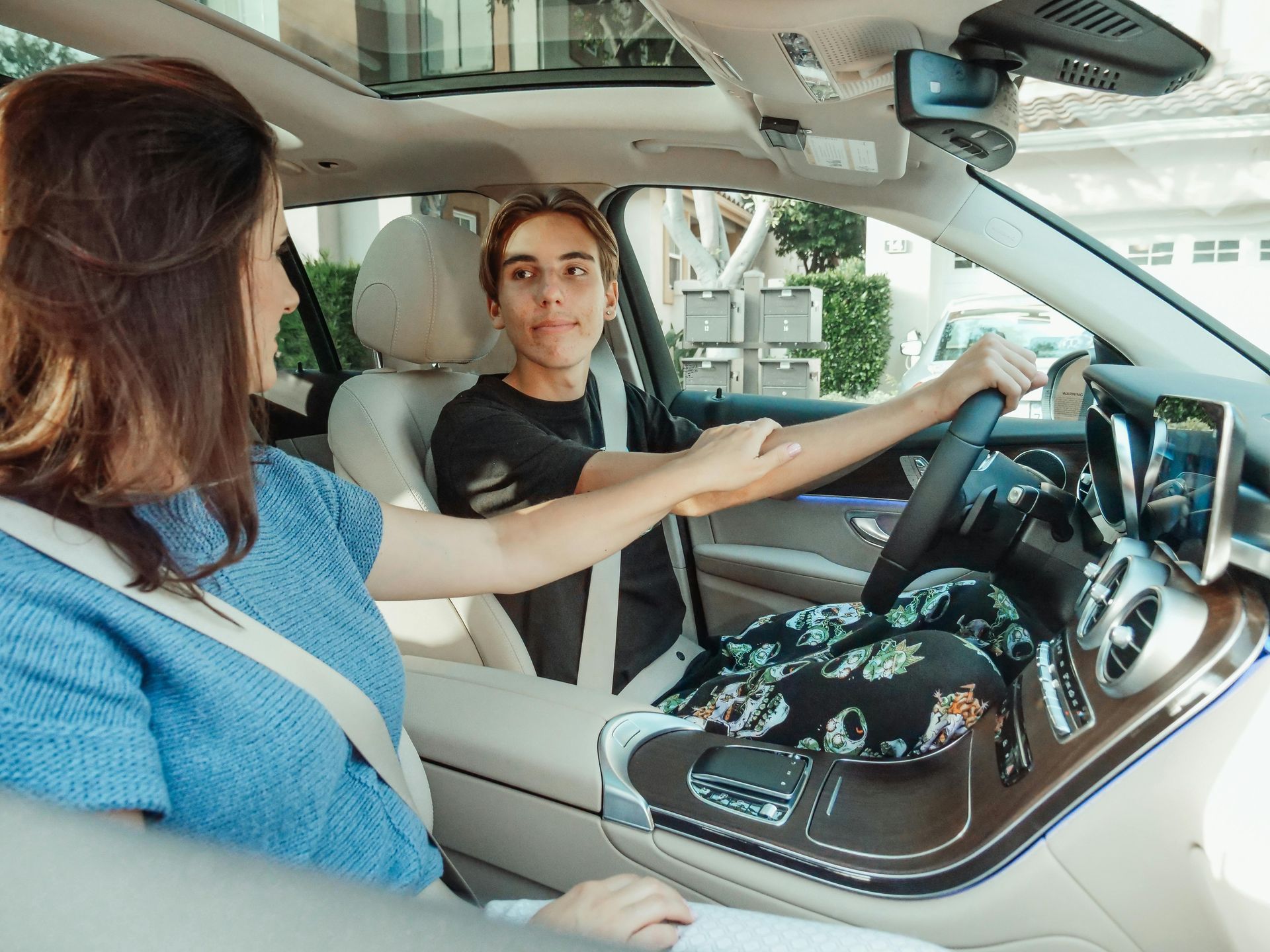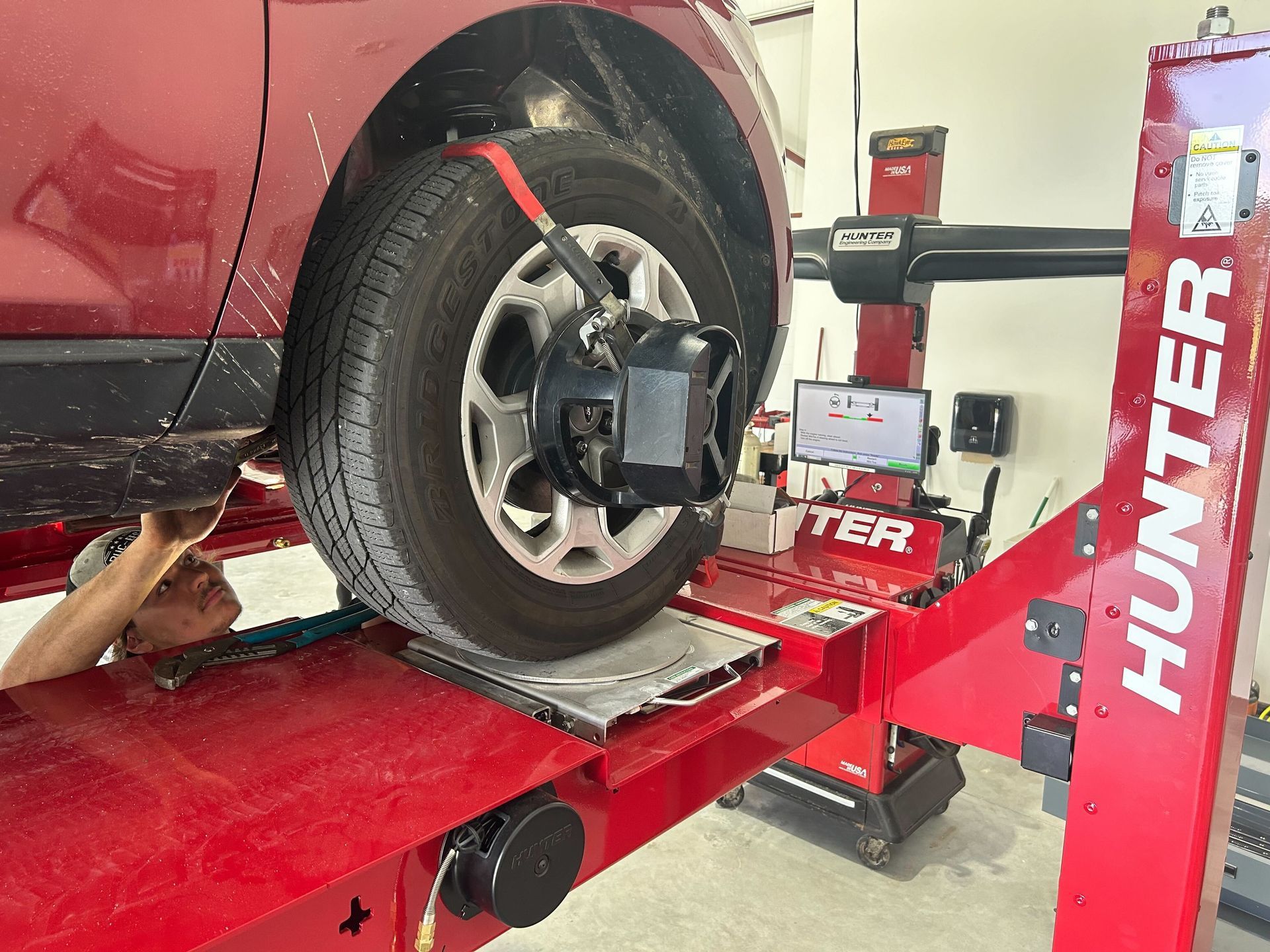Tech That Could Save Your Teen's Life: Auto DR's Guide to Teen Driver Safety Technology
Picture this: Your teen is driving home from their summer job when traffic suddenly stops on I-94. In that split second where an experienced driver would react, your teen is still processing what's happening. Without the right safety technology, that moment of inexperience becomes a life-changing tragedy. But with the right tech properly installed and maintained? The car stops itself, and your teen calls you with a story about how their car "saved their life."
This scenario plays out hundreds of times each summer across Metro Detroit. But here's what many parents don't realize: modern car safety technology could prevent up to 78% of fatal teen crashes. The problem isn't that the technology doesn't exist—it's that families don't know what's available, what actually works, or how to get these life-saving features properly installed and maintained.
As we covered in our previous articles aboutdistracted teen drivers andThe 100 Deadliest Days, Michigan's teen drivers face unique challenges during the summer driving season. The good news? The safety technologies we're talking about today work within Kelsey's Law restrictions and actually make following them easier.
At Auto DR, we see firsthand how the right technology—properly installed and maintained—can mean the difference between a close call and a tragedy. As your neighbors here in Macomb and St. Clair County, we want every family to understand what's possible when it comes to protecting their teen drivers. Call us today at (586) 271-6466 to schedule a safety inspection on your teen’s car to ensure all of its safety features are working properly.
Understanding ADAS: Your Car's Built-in Safety Net
Most of the life-saving technologies we're about to discuss fall under something called Advanced Driver Assistance Systems, or ADAS. Think of ADAS as your car's built-in safety net—a collection of smart systems that use cameras, sensors, and computers to help prevent accidents before they happen.
The great news is that many newer vehicles already have multiple ADAS features installed, but families often don't know what they have or how to use them effectively. Even better, older vehicles can often be retrofitted with many of these same safety technologies through professional installation.
Whether your teen is driving a 2024 model with factory ADAS or a 2015 vehicle that needs aftermarket safety upgrades, the key is understanding what's available and making sure everything works when your teen needs it most.
Automatic Emergency Braking: The Split-Second Difference
Your teen glances down at their phone for just a moment while stopped at a red light. When they look up, traffic is moving, so they hit the gas—not realizing the car directly in front of them hasn't moved yet. In a vehicle without Automatic Emergency Braking (AEB), that moment of inattention becomes a rear-end collision. With AEB, the car's sensors detect the obstacle and apply the brakes automatically, preventing the crash entirely.
This isn't science fiction; it's technology that's saving lives right now. AEB reduces teen crashes by 50% because it compensates for the biggest challenge facing inexperienced drivers—reaction time. While your teen's brain is still processing what's happening, the car's computer has already detected the danger and taken action.
But here's what many families don't realize: AEB systems need regular maintenance to work properly. Michigan's road salt, summer dust, and even a thick layer of pollen can disable the sensors that make these systems work. We've seen too many families driving around thinking they're protected when their safety systems haven't been functioning for months.
Backup Cameras and Parking Safety: Seeing the Invisible
Picture the chaos of backing out of a high school parking lot at 3:15 PM. Students walking everywhere, bikes scattered around, cars pulling out from every direction. For a teen driver, it's overwhelming. A backup camera doesn't just provide convenience; it provides eyes on hazards your teen might miss entirely.
While federal law has required backup cameras on all new vehicles since 2018, many families are still driving older cars without them. Even when these systems exist, they're only as good as their installation and maintenance. A camera that provides a fuzzy image in bright sunlight or goes dark when it's raining isn't protecting anyone.
The difference between a professional installation and a quick aftermarket fix becomes obvious the first time your teen needs to back up in challenging conditions. Professional-grade systems provide clear images in all weather and integrate seamlessly with your vehicle's existing safety features.
Blind Spot Monitoring: Extra Protection for Inexperienced Eyes
Merging onto I-94 during rush hour is nerve-wracking for experienced drivers. For teens, it can be terrifying. An experienced driver instinctively knows when and how to check blind spots, but your teen is still developing these skills. Blind spot monitoring provides that crucial warning when there's a vehicle your teen might miss.
The technology uses sensors mounted in the side mirrors or rear bumper to detect vehicles in adjacent lanes. When another car enters the blind spot, drivers get a visual warning—usually a light in the side mirror. If they try to change lanes anyway, many systems provide an audio alert or even gentle steering correction to prevent a collision.
The catch is that these sensors require regular cleaning and calibration to work properly. A layer of road salt or summer grime can make blind spot monitoring completely ineffective, and most drivers never realize the system has stopped working.
Built-in Teen Driver Systems: The Truth About Your Teen's Driving
Your teen swears they never speed. They promise they always wear their seatbelt. They insist they're the most careful driver in their friend group. But what if you could know for sure?
Built-in teen driver systems like GM's Teen Driver technology and Ford's MyKey provide parents with actual data about their teen's driving habits. These systems can limit maximum speeds, control audio volume, and even prevent the car from starting unless everyone is wearing their seatbelt. Most importantly, they generate driving report cards that show parents exactly what happens when their teen is behind the wheel.
Here's the shocking reality: Many parents with vehicles equipped with teen driver technology don't even know these systems exist. Some know about them but have never taken the time to set them up properly. That means families are missing out on free safety technology that's already installed in their vehicles.
Monitoring Technology: Peace of Mind Without Helicopter Parenting
It's 11:30 PM on a Friday night. Your teen was supposed to be home by 11:00. They're not answering their phone (because they're following Kelsey's Law), and you're wondering if they're safe, in trouble, or just lost track of time. Modern monitoring technology can provide answers without turning you into the helicopter parent your teen dreads.
GPS tracking systems can automatically notify you when your teen arrives safely at their destination. Dash cameras designed for teen drivers can provide evidence if an incident occurs and help teens learn from their mistakes. Some systems can even detect aggressive driving behaviors like hard braking or rapid acceleration and send real-time alerts to parents.
The key is choosing technology that enhances safety without creating additional distractions for young drivers. Not all monitoring systems are created equal, and some can actually make driving less safe if they're not properly designed and installed.
Legal Bluetooth Setup for Level 3 Drivers
Important: This section only applies to teens with Level 3 (full) graduated driver's licenses. Level 1 and Level 2 drivers are completely prohibited from all phone use under Kelsey's Law, including hands-free calling.
For teens who have progressed to a full license, properly configured Bluetooth can provide safe, legal communication while driving. Your 18 year old driving to college orientation should be able to call you about directions without fumbling for their phone or violating traffic laws.
But there's a world of difference between "my phone connects to the car" and "my phone integrates safely with my vehicle's systems." Professional Bluetooth setup includes voice command training, contact optimization, and steering wheel control integration so your teen never has to take their hands off the wheel or eyes off the road to make a call.
The Hidden Costs of Hoping for the Best
Every summer during the 100 Deadliest Days, we see the aftermath of preventable crashes. Families who thought their teen was too careful to get into an accident. Parents who planned to upgrade their safety systems "next month" or "after the holidays."
The cost of safety technology—even professional installation—pales in comparison to the cost of a serious accident. Beyond the obvious financial implications, there's the emotional toll, the insurance consequences, and the regret that haunts families who realize they could have prevented a tragedy.
Good kids make mistakes. Inexperienced drivers have slower reaction times. Unexpected situations overwhelm even the most careful teens. Technology can't replace good judgment or proper training, but it can provide the extra seconds that mean the difference between a close call and a catastrophe.
Technology Maintenance: When Safety Systems Fail
Here's what keeps us up at night: families driving around thinking they're protected when their safety systems stopped working months ago. Modern vehicles are equipped with incredible safety technology, but it all requires regular maintenance to function properly.
Dirty sensors can disable automatic emergency braking. Misaligned cameras can make backup systems useless. Software that hasn't been updated can cause entire safety suites to malfunction. Warning lights on the dashboard might indicate that critical systems aren't working, but many drivers ignore them or don't understand what they mean.
Whether your teen is driving a brand-new vehicle with the latest safety features or an older car with aftermarket additions, these systems need professional attention to keep working when you need them most.
Taking Action: Your Teen's Safety Starts Today
The 100 Deadliest Days are happening right now. Every day we wait is another day your teen is on the road without the protection technology could provide. As parents, we can't control other drivers, we can't predict every dangerous situation, and we can't be in the passenger seat every time our teens drive.
But we can make sure their vehicles are equipped with working safety technology. We can ensure that the systems designed to protect them are actually functioning. We can take advantage of every available tool to give our teens the best possible chance of making it home safely every single day.
At Auto DR, we believe teen driving safety requires more than hope—it requires action. Whether your teen needs safety systems installed, existing technology properly configured, or regular maintenance to keep everything working correctly, we're here to help.
The Time to Act is Now
As your neighbors and fellow parents here in Macomb and St. Clair Counties, we understand the sleepless nights that come with having a teen driver. We see the families affected by preventable crashes, and we know how technology could have changed their stories.
The 100 Deadliest Days don't have to claim another young life in our community. By combining the right technology with proper installation and maintenance, we can protect the teens we care about most.
Don't wait for a close call to get serious about your teen's safety technology. The best accident is the one that never happens, and the best time to protect your teen is right now.
Schedule your teen's comprehensive safety technology inspection today at (586) 271-6466 or book online. Because at the end of the day, there's nothing more important than making sure your teen driver makes it home safely.



